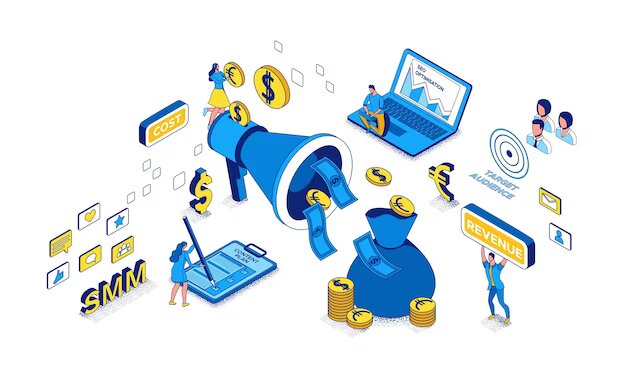With brands and retailers across categories reporting returns on investment ranging from 2%-10% from their digital ad spends, digital advertising is clicking for today’s businesses
New Delhi: A whopping Rs 55,053 crore—that’s the total advertising revenues digital platforms like Google India, Meta India, Amazon India and Flipkart garnered in the financial year (FY) 2023 as per an Economic Times report. This surpassed the revenue earned by the TV broadcast industry in the calendar year 2023.
Digital ads are becoming an imperative for retailers, especially in the e-commerce, D2C space, say retail experts.
“No brand can afford not to run digital ads in today’s era since organic growth is slow and takes time and digital ads can get you immediate reach that every brand is looking for,” said Atul Jain, founder & chief executive officer (CEO), Cybez, which an e-commerce marketing and D2C growth hack company.
And owing to the returns, the digital ad budgets are getting fatter by the day.
How much do companies spend?
Tirupur-based apparel and fashion brand Technosport said that the company’s current spend on performance marketing is less than 10% of its online business.
“We are conscious about building demand both organically via great product quality, and platform experience and inorganically via performance marketing initiatives. We feel having balance is important and hence we decide our budget accordingly,” said Sunil Karthik its head of marketing.
Usually, the amount companies spend is directly proportional to their current sales and stage of business.
“If it’s a new startup, they normally start from as low as Rs 1-2 lakh per month and increase their spending as soon as they start generating revenue,” said Jain of Cybez.
“Other brands who are at an advanced stage and have a ROAS (return on ad spends) of more than three times have no limit since they have worked on their unit economics and don’t mind investing in digital ads,” Jain added. Typically, brands should invest approximately 20%-30% of their overall revenue in digital ads as long as they are above break-even, he recommended.
Gaurav Pahwa, Director, of Lotus Electronics shared that the Indore-based electronics retail chain allocates about 15% of its budget to digital advertising.

For Chalu Aapna Desi Chinese, a Bhopal-based restaurant chain with multiple brands, digital ads have evolved as a key tactic in the digital advertising landscape. The company uses the reach and credibility of individuals with substantial followings to promote products.
“Investing Rs 50,000 in a campaign generates 500 customers with an average order value of Rs 350, customer acquisition cost of Rs 100 and thereby an ROI of Rs 1,25,000,” the company’s founder and chief executive officer Vibhanshu Mishra explained.
Another brand that spends 20%-30% of its revenues on digital ads is Rekhta Foundation, a non-profit organisation that works to preserve and promote the language, literature, arts, and culture of India.
The Company’s Head of eCommerce Hitesh Dhall said, “We spend around 1/3rd of our revenue and we try to keep it as the thumb rule.”
What do they get in return?
A combination of organic plus paid marketing delivers some of the best results in terms of return on investment (ROI).
The ROI of digital ads can be calculated using a variety of critical criteria and parameters. Audience Engagement, Brand Awareness, and Cost Efficiency – Metrics such as cost per engagement (CPE), cost per click (CPC), and cost per acquisition (CPA) can aid in determining the effectiveness.
“We experienced a 10% increase in footfall, and it has helped us maintain a strong connection with our consumer base, particularly among the Gen Z demographic,” added Pahwa from Lotus Electronics.
Technosport, which was launched less than a year ago, was able to achieve an ROAS of 8%-10% consistently over the past few months.
Jain from Cybez gives category-wise data and adds that the ROI depends upon a lot of factors like how well the brand is known, what category it operates in and what are its price points. For a D2C startup in food & beverages, an average ROAS on new customer acquisition can hover around 2%-3%, for a fashion or jewellery brand, it will be around 5-7%.
“A Good campaign ROAS for e-commerce brands hovers at 4-5X,” added Dhal of the Rekhta Foundation.
More insightful and stimulating conversations on technology trends in retail are expected at the Phygital Retail Convention (PRC) 2024.


